Tobal 2 is a 3D fighting game developed by Dream Factory and released by Square in Japan in 1997. It is the sequel to Tobal No. 1. Unlike the latter, Tobal 2 was not released in North America or PAL territories. The game was re-released in 2007 under Square Enix's "Legendary Hits" label. The game is fully playable in english thanks to a fan-made translation.
The game features an extensive 200 playable characters and includes a greatly expanded Quest Mode compared to its predecessor.
The game currently holds the records for the largest character roster in a fighting game with a grand total of 200 playable characters to choose from, as well as a greatly expanded Quest Mode compared to its predecessor.
GAMEPLAY:
The fighting system in Tobal 2 is the same as in the previous game. The player can freely navigate 3D fighting arenas under the condition that he or she faces the opponent. High, medium, and low attacks can be executed using assigned buttons. As in Tobal No. 1, the grappling and blocking system offers the player a variety of offensive and defensive maneuvers. A new unblockable fireball attack has been added for each character. Tobal 2 was released on the same day as Sony's Dual Analog Controller in Japan, noted as the first game compatible with the peripheral. Graphically, the game features Gouraud shaded and higher-resolution character models compared to Tobal No. 1, but still runs at 60 frames per second.
The "Quest Mode" from Tobal No. 1 makes a return in Tobal 2. The game contains six dungeons (Practice Dungeon, Pyramid, Desert Spaceship, Molmoran Mine, Castle and Final Dungeon) to conquer. Unlike the dungeon-enclosed Quest Mode of the original, this incarnation also offers a fully explorable town that allows the player to eat, sleep, and shop. In each floor of the dungeons, the player will battle against a variety of monsters. When defeated, the monsters will drop either food, stones, potions, money or weapons. As the player progresses through the game, the character gains experience for each body part or type of attack (the most important being each arm, each leg, throwing and guard). The higher the level of the characters arms and legs and throw, the more damage an attack using that part will yield. Similarly, the higher the guard level, attacks on the character will yield less damage. Both attack and defence levels can be increased/decreased by potions and stones. Guard experience can also be accumulated by eating food when the stamina bar is (nearly) full.
By defeating monsters in the Quest Mode, the player has the option of capturing the monsters for use in the versus fighting mode, making the number of playable characters a maximum of 200. Some monsters are unique, such as the chocobo,[3] but many of them are just palette swaps with attributes raised for higher level monsters. Monsters can be captured by throwing a purple stone at them when they are nearly defeated. The progress of the Game can be saved using the church buildings in the town, and the character (consisting of additional data such as max hit points and attack/defence levels) can be used in the arcade and versus mode.
MAIN CHARACTERS:
- Chuji Wu
- Gren Kuts
- Chaco Yutani
- Fei-Pusu
- Hom
- Ill Goga
- Mary Ivonskaya
- Doctor V
- Epon
- Oliems
- Mufu
- Nork
- Empereur Udan
- Mark The Devil
- Mark2
- Ohma
- Ohma2
- Chocobo
- Dog
Manufacturer's description:
While Buttle inherit the same 360-degree 3D previous work has evolved to be able to draw a variety of more advanced techniques.
In addition, there is no doubt spread the width of the battle.
Was also significantly upgraded the popular Quest mode.
Incorporates a lot of action and puzzles, and enjoy the adventure RPG full of charm and a fighting game yet.
Features:
- Third person perspective.
- 3D graphics
- Cartoon graphics
- SCI-FI, Futuristic & Martial Arts themes.
|
|
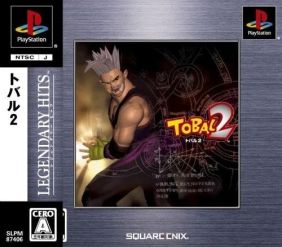











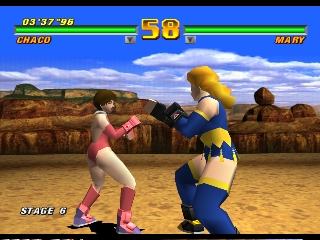

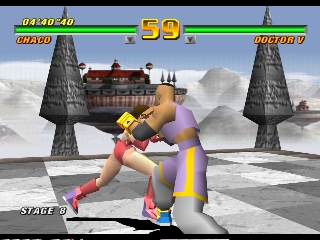

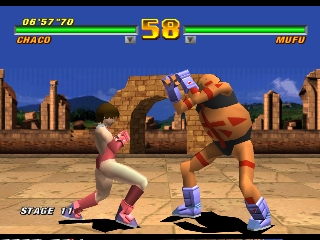
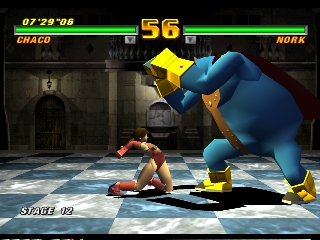

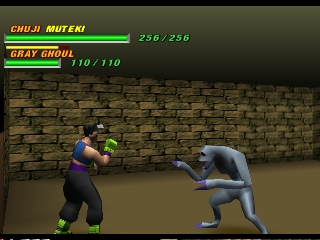
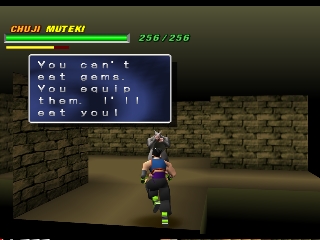
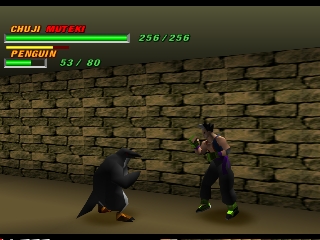
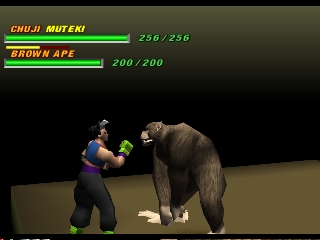
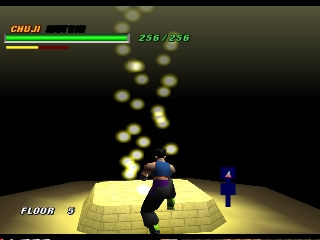

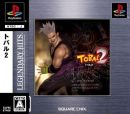


 - Disc Cover
- Disc Cover